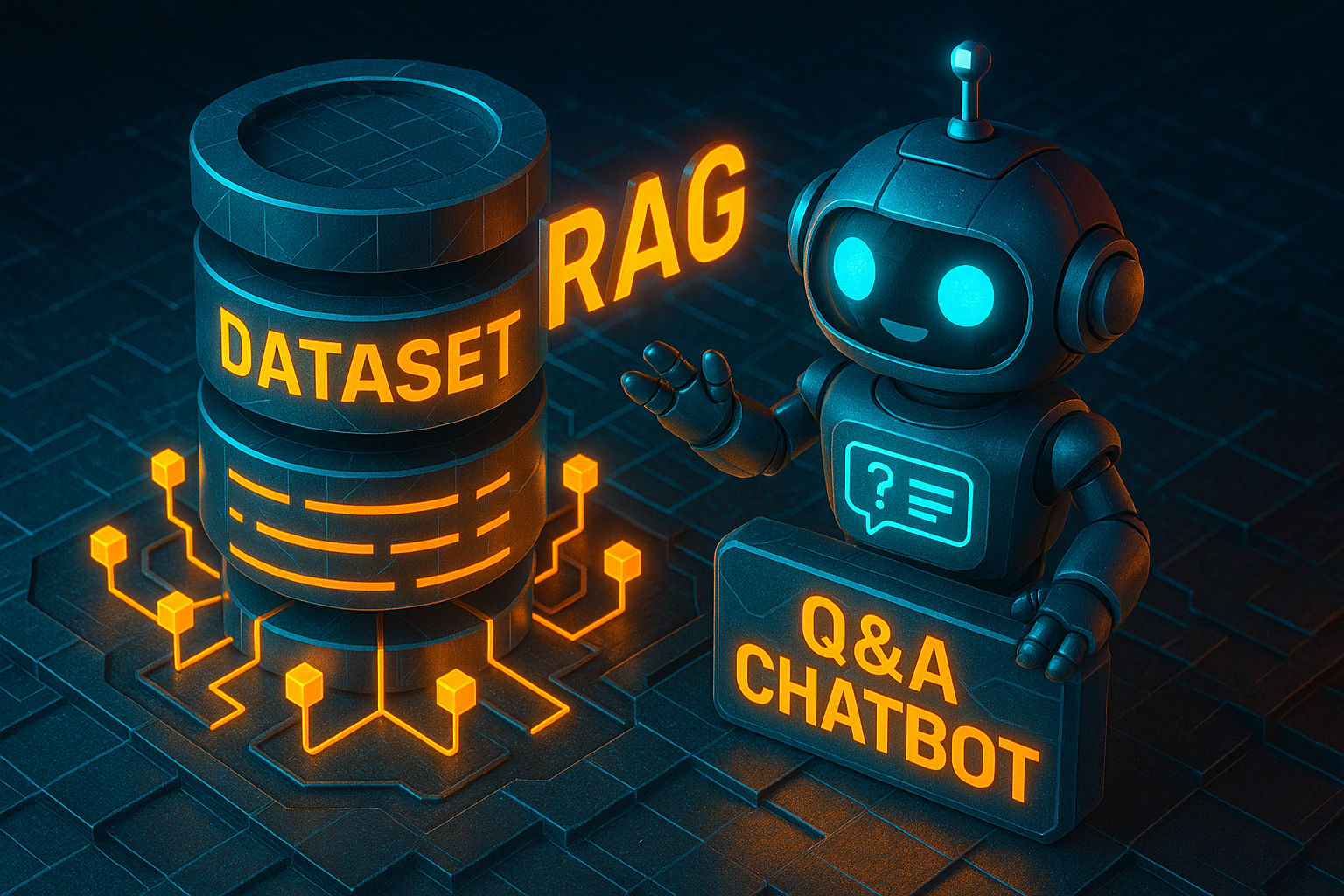1. Introduction: The Industry-Scale Bottleneck of LLMs
In recent years, large language models (LLMs) have shown impressive performance in general-purpose tasks like open-domain Q&A, writing assistance, and code generation.
However, when deployed in real-world industry settings, their limitations quickly surface:
-
A legal chatbot cites the wrong clause or jurisdiction.An automotive Q&A bot confuses car models and configurations.
-
A medical assistant can’t follow the latest clinical guidelines.
2. What is RAG, and Why is it Ideal for Industry?
RAG works by retrieving relevant documents from an external knowledge base and injecting them into the prompt of the language model. The model then generates a response grounded in the retrieved evidence.

Advantages of RAG in vertical industries include:
- Domain knowledge integration: Connects directly to internal documentation, making answers more accurate and up-to-date.
- Explainability: Each response is traceable to source content, helping with compliance and quality assurance.
- Reduced hallucinations: Retrieval minimizes fabricated answers by grounding the generation in actual references.
This makes RAG particularly suitable for fields like healthcare, finance, automotive, law, and manufacturing — where precision and accountability are paramount.
3. Why Evaluation Datasets Are Critical for RAG
Despite the promise of RAG, building a usable system isn’t just about plugging in a model and a search engine. Its real-world performance heavily depends on the quality of evaluation datasets.
Unfortunately, most public QA datasets (e.g., SQuAD, HotpotQA) are designed for open-domain tasks and lack the complexity, terminology, and structure of real enterprise documents.
A good evaluation dataset must:
Reflect domain-specific language and problem formats
Support both retrieval and generation evaluation
Include ground-truth answers and their supporting document references
Enable multi-metric benchmarking (accuracy, robustness, relevance, etc.)
4. How to Build a High-Quality RAG Evaluation Dataset for Industry
Here’s a systematic methodology that enterprises can adopt when building task-specific evaluation datasets for RAG systems:

a. Define Use Cases and Task Types
Different applications require different dataset structures. Is the RAG system for customer support? Internal documentation search? Configuration recommendations?
Common task types:
- Question answering (QA)
- Document summarization
- Multi-document reasoning
- Fact-checking and rejection
- Task-specific dialog
b. Design a Realistic Query Set
Use real user queries, customer service logs, forums, or simulate expert-level questions. Ensure they include domain-specific terms and span complex reasoning types like multi-hop or multi-document retrieval.
c. Annotate Ground-Truth Answers + Source Documents
Every question should be paired with:
- An ideal answer
- A list of specific document excerpts or paragraph IDs used as supporting evidence
Use a multi-layered annotation process to ensure high consistency.
d. Create a Multi-Dimensional Evaluation Framework
High-performing RAG systems require both retrieval evaluation and generation evaluation:
Press enter or click to view image in full size

5. Recommended Datasets to Learn From

6. Takeaway: Good RAG Starts With Good Data
RAG is not a plug-and-play solution. It requires a holistic system that starts with data: specifically, a well-structured evaluation dataset that mirrors real tasks, users, and knowledge structures.




